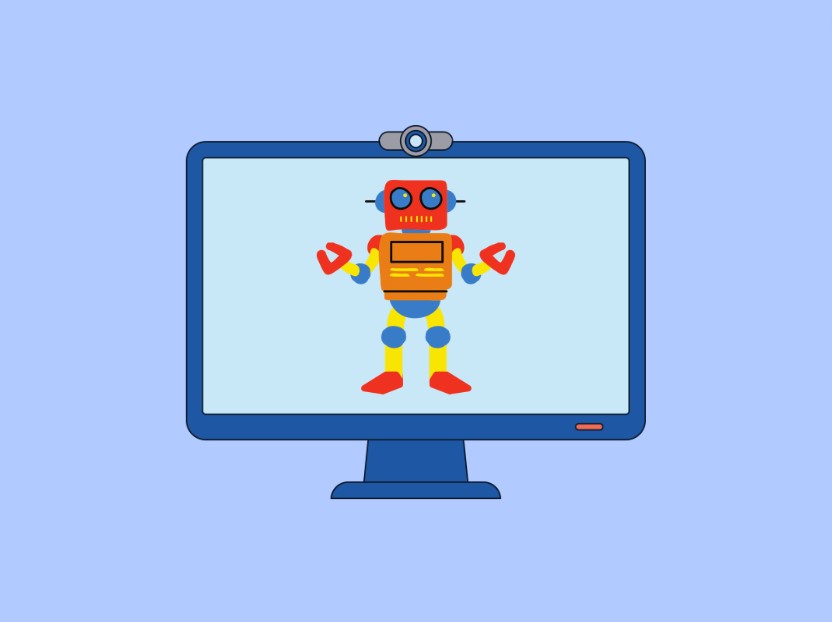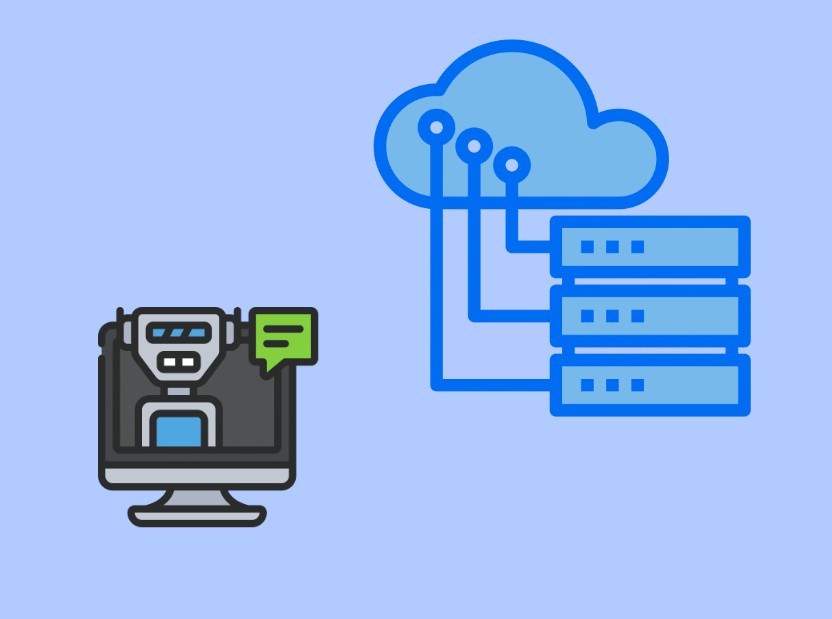Want to hear more about our solutions? Speak to an expert

Developing and launching automated processes is one thing, but maintaining them is quite another. For many companies, it’s the biggest barrier to scaling successfully — tracking and improving the automations you’ve managed to implement while saving time and talent for new projects as well.
They leave the legacy system behind but can’t quite bring their modernized workflow out of kindergarten.
Building an RPA bot to help your business achieve greater efficiency is amazing, but your new bot can turn into a huge hassle for your company if it is not maintained.
Bots are fickle are only as good as you make them.
They can suffer from bugs and misconfigurations, or prove themselves to be less useful as your business requirements change.
(Robotics Process Automation) RPA management and maintenance starts from the beginning, and you will run into problems if it is not structured correctly.
Correct RPA structuring and development acts as preventive maintenance and insures your investment is worth it.
While every RPA project is unique, there’s a standard set of tasks to mark off for an optimized transformation. Let’s consider each of them.
related: Read: RPA SERVICES – EVERYTHING YOU NEED TO KNOW
Lanshore
For an RPA to be efficient and ensure long term error prevention a clear governance must be structured.
Structuring your RPA correctly with clear governances and correct design principles will ensure that your RPA implementation is successful and issues can be resolved immediately.
The governance structure should include:
Outline the rules and guidelines for how robotic process automation should be managed within the organization.
Many companies RPA systems fail due to cross utilization of resources from build to run when there are failures in the existing processes.
You must be able to monitor your entire RPA technology structure.
Define the different tasks, roles and responsibilities for individuals or teams within the RPA ecosystem, including project managers, sponsors and stakeholders.
Specify who has the authority to make decisions about intelligent automation projects, including which projects should be pursued, how resources should be allocated and how risks should be mitigated.
Why this is important
This becomes very important, specifically when resources are cross leveraged. Someone needs to have the final say on where these resources are allocated.
Specify how project information will be shared and communicated, including how to report on progress and address automation issues.
On RPA platforms, this typically sits in both the IT organization and the affected parts of the business that are relying on robots to process work.
Ideally, a workflow or single monitoring location should direct communications or remote split operations working closely together.
Define the key performance indicators (KPIs) that will be used to measure the success of projects and RPA ROI as a whole.
Monitoring bot quality is essential to error prevention as it will allow you to catch the problem before it happens.
In large-scale software robot environments monitoring performance will be key as it will identify any issues or inefficiencies and take the right corrective action.
By doing this you are ensuring you have an efficient systems and workflow.
To monitor bot quality, you want to provide a keen eye on uptime as well as how often changes are occurring in the bot application.
This may mean reviewing applications or robots are no longer fit for purpose or were never a good candidate for automation.
Having close process automation monitoring allows for continuous improvement.
By reviewing every automated process and benchmarking efficiency, you can make tweaks or overhauls and assess the impact.
It also encourages stakeholders to engage with each other, from leaders and managers to your RPA solution provider (whether that be internal IT, third-party, or vendor).
Communication is key to ensure that uptime and performance line up with business and stakeholder expectations.

Keeping your RPA software and systems up-to-date paves the way for smooth, efficient operation and maintenance. If you’re receiving RPA support from an SaaS organization, this is done for you.
This is necessary as it can:
An AI-assisted OCR, for instance, changes daily, and may have to go from 100 iterations to thousands depending on the RPA tool (although less doesn’t always mean better). If you’re on premise, however, it’s critical for organizations to stay in the loop for updated licensing compliance.
Lanshore has helped countless clients tackle this problem for RPA as it scales in use and complexity.
Without consistent reviews and monitoring, there might be significant impacts on the code you’re utilizing, especially if the update has been due for several years.
Maintenance suffers because these issues might be inherent to outdated software architecture.
Get solutions to complex RPA issues Click here
Complete RPA solutions with Lanshore
Another vital update concerns key applications in bot processing.
Some of the RPA vendors we’ve worked with consistently perform updates on their software without any communication.
The problem
These minor changes, can cause programs to stop running.
Therefore, we suggest discovering when your vendors are planning to release updates through the year — otherwise, headaches will follow.
Its essential to your business that you have mechanisms in place for recovery.
If mechanisms aren’t in place to handle errors and recover from them, your business processes may be disrupted or come to a halt.
And, when SaaS vendors make changes, error handling is crucial for organizations to avoid catastrophe.
First and foremost, you should schedule tests on upcoming bot updates in a “pre-prod environment”.
What’s pre-prod?
Essentially, pre-pod is a virtual space for a developer to experiment with bot software.
It can determine how well process automation will perform and whether integration remains achievable.
From there, error handling needs to be instituted in your code. Common types include:
These are just a few suggestions; many other coding techniques can guide your maintenance work.
Depending on how critical the robot is, you may also institute workflow alerts to key personnel in the company in which to handle the error (the human touch on your robotic process automation).

Why creating a roll back plan needs to be done!
Having a rollback plan in place can help you quickly revert to a previous version of your RPA implementation if issues arise.
You’ll function once more on your original code, which is incredibly handy when you’re trying to optimize code that’s already working.
If you do not create a roll back plan reverting the changes made will create an extensive amount of work for you.
Often, we hear that if it isn’t broken, don’t fix it. These words of wisdom, however, aren’t heeded as much as they should be for robotic process automation.
A rollback plan helps you make improvements safely without undoing solid, proven process improvements.
It makes RPA maintenance easier to implement because mistakes don’t cut you off at the knees and force downtime.
When strategizing your rollback plan, consider the following measures:
Decide how often you need to create backups of the critical components of the system. This will depend on how important and complex the processes are, as well as the amount of data they generate.
There are several options for creating RPA system backups, such as manual, automated or cloud-based. Choose the method that best meets your organization’s requirements.
This will help ensure that you can recover from any unexpected issues or system failures. Maintenance can then return on schedule, using knowledge of the problem to refine more tests and performance insights.
Related: Read The best processes to automate using RPA
Complete RPA solutions with Lanshore
RPA maintenance starts at the from the starts with development.
Creating a governance framework is the essential first step as it will determine the success of your software.
Use error-handling and recovery mechanisms so if your updated did not go as planed, you have a way to recover your previous system.
Lanshore has solutions to the most complicated RPA problems.
No matter how adventurous your developers are, our five-step RPA strategy keeps a system in good running order by design and allows you to maintain it well.
Just remember to ensure that key stakeholders know what’s changing and the work that the program demands.
At Lanshore, we can support any major shift to automation in your workflows.
Our analysis and expertise is the winning formula for any launch or maintenance challenges, preventing failures at every turn.
Reach out to our senior vice president of sales and marketing, Steve Hensel, at stevehensel@lanshore.flywheelsites.com
Or contact us here.
